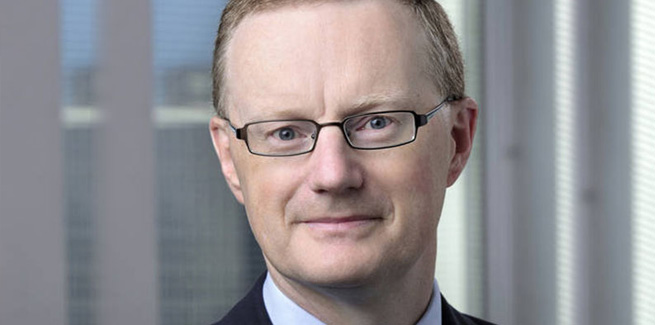In March, the Reserve Bank of Australia (RBA) exhausted its monetary policy lever, after lowering the cash rate to the effective lower bound of 0.25 per cent in response to the economic shock from the COVID-19 crisis.
The central bank has ruled out further adjustments to the cash rate, which governor Philip Lowe expects to remain unchanged “for some years”.
“I have trouble seeing inflation to 2-3 per cent for quite some time. It’s going to be a long drawn-out process until we get full employment, which means we’re going to keep interest rates where they are perhaps for years,” he told the Senate Select Committee last week.
Mr Lowe acknowledged the limitations of monetary policy in light of expected cash rate inertia.
“As the head of the Federal Reserve keeps saying, the central banks work through lending, not through spending. So, it’s kind of an indirect channel,” he said.
“There’s a limit to what we can do.”
The RBA governor said monetary policy tools would play second fiddle to fiscal policy stimulus in the foreseeable future.
“Going forward, fiscal policy will have to play a more significant role in managing the economic cycle than it has in the past,” he said.
“In the last 20 years, monetary policy has been the main swing instrument. We’ve moved interest rates up and down to manage the business cycle and keep inflation under control.
“In the next little while, there’s not going to be very much scope at all to use monetary policy in that way, so I think fiscal policy will need to be used.”
However, Mr Lowe stressed that a shift from dependence on monetary policy would “require a changing mindset”.
The COVID-19 crisis has forced the federal government’s hand over the past few months, triggering a raft of fiscal policy measures aimed at reviving the domestic economy.
The government’s actions have included measures to stimulate the flow of credit to households and businesses and provide income and wage support for low-income households and heavy-hit businesses.
When including financial sector assistance from the RBA, the government’s stimulus support totals over $250 billion – equivalent to over 16 per cent of GDP.
[Related: Capitalised mortgage deferral costs ‘entirely manageable’: Lowe]
 ;
;
